From Wax to Metal: Unveiling the Art of Lost Wax Casting
Author: SAIVS Date Published: Mar 07,2024
lost wax casting, also known as Investment Casting, is a metal casting process that creates complex shapes with high precision.
It is one of the oldest metal-forming techniques, dating back to 5,000 years ago.
This article will provide a comprehensive overview of lost wax casting, including its applications, suitable metals, wax types, and its relationship with investment
casting.
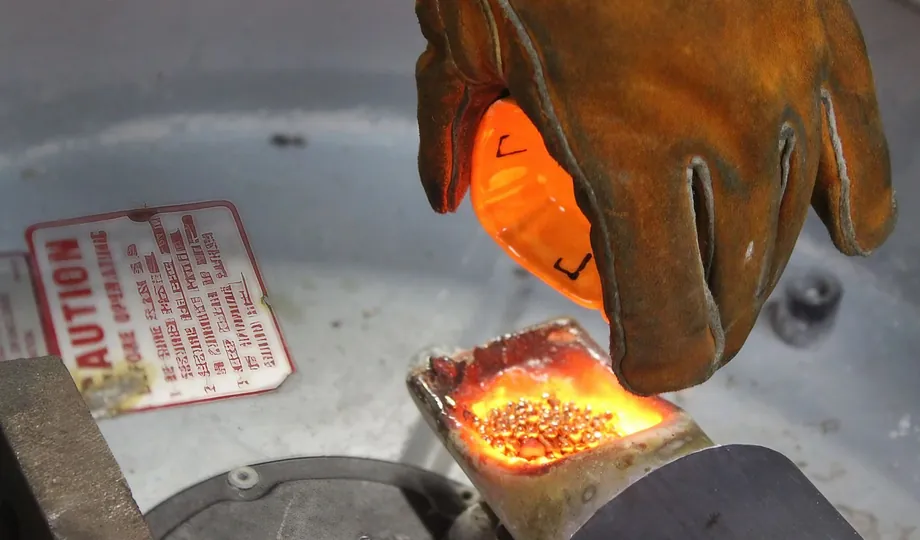
Lost wax casting, a versatile method employed in various industries, involves intricate steps to create detailed and high-quality metal components.
This process is customizable for different types of metal casting, shapes, sizes, and more, making it particularly popular in smaller-scale applications such as
jewelry.
Tools and Materials:
Before delving into the steps, gather the necessary tools and materials, including safety gear (leather gloves, protective glasses),
wax (microcrystalline, paraffin, or beeswax), heat gun, casting metal, investment, gram scale, rubber mixing bowl,
volumetric flask for water, vacuum chamber, kiln for burnout, crucible, flux, torch, bucket with water, and tongs.
The Lost Wax Casting Process in 8 Steps
Step 1: Create a Model in Wax
Begin by crafting your desired design in wax, considering factors like shrinkage and the addition of sprues for efficient metal flow.
Repurpose dental tools for effective sculpting, and if possible, hollow out your wax model.
Step 2: Make Your Mold
Create a mold using a mixture of plaster and silica. Measure and mix equal parts of plaster, silica,
and water until the investment achieves the consistency of heavy cream. Plaster provides support, and silica withstands high heat.
Note: When working with dry materials, ensure proper ventilation and wear a respirator.
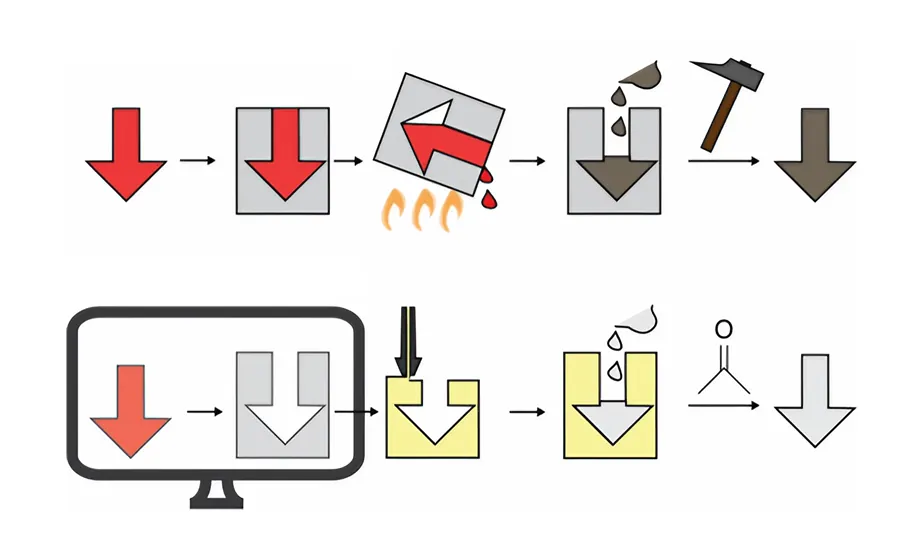
Step 3: Remove the Wax
Remove the wax from the mold by either microwaving it in short bursts or using a kiln for burnout. Ensure the wax is collected in a small container.
Step 4: Choose the Metallic Alloy
Select a metallic alloy based on your casting requirements. Options range from ferrous alloys like steel to non-ferrous alloys such as aluminum, bronze,
and copper.
Precious metals like silver, copper, gold, and platinum are also suitable for jewelry applications.
Step 5: Melt the Alloy
Melt the chosen alloy in a crucible, adjusting the melting process according to the alloy's specific temperature requirements.
This can be done over an open flame for smaller projects or inside a furnace for larger amounts.
Step 6: Pour into the Mold
Pour the molten metal into the mold cavity, taking safety precautions.
Use protective clothing, work in a well-ventilated space, and keep safety equipment, like a chemical fire extinguisher, nearby.
Allow the mold to solidify before moving to the next step.
Step 7: Release the Cast from the Mold
After the metal has cooled and solidified, remove it from the mold. Quench the plaster in water to facilitate mold removal.
If using a ceramic shell, break the mold and chip it away using the necessary equipment.
Step 8: Finish Your Piece
File and polish your solid metal cast. Various finishing techniques, including scrubbing away excess mold material,
breaking off casting gates, and polishing or patinating, can enhance the final product's color and dimension.
Applications of Lost Wax Casting
Lost wax casting is widely used in various industries due to its versatility and ability to produce intricate parts.
Jewelry: Lost wax casting is a popular technique for creating jewelry, such as rings, pendants, and earrings, with intricate designs and fine details.
Aerospace: The aerospace industry utilizes lost wax casting to manufacture complex components for aircraft engines, turbines, and other critical parts.
Medical: Lost wax casting is used to produce medical implants, such as dental crowns, hip replacements, and surgical instruments, with high precision
and accuracy.
Automotive: The automotive industry uses lost wax casting to create complex parts for engines, transmissions, and other components.
Art: Lost wax casting is a popular technique for creating sculptures and other artistic pieces with intricate details.
Metals Suitable for Lost Wax Casting
A wide range of metals can be used in lost wax casting, including:
Ferrous metals: Steel, cast iron, and stainless steel
Non-ferrous metals: Copper, aluminum, brass, bronze, and titanium
Precious metals: Gold, silver, platinum, and palladium
The choice of metal depends on the specific application and its requirements, such as strength, corrosion resistance, and conductivity.
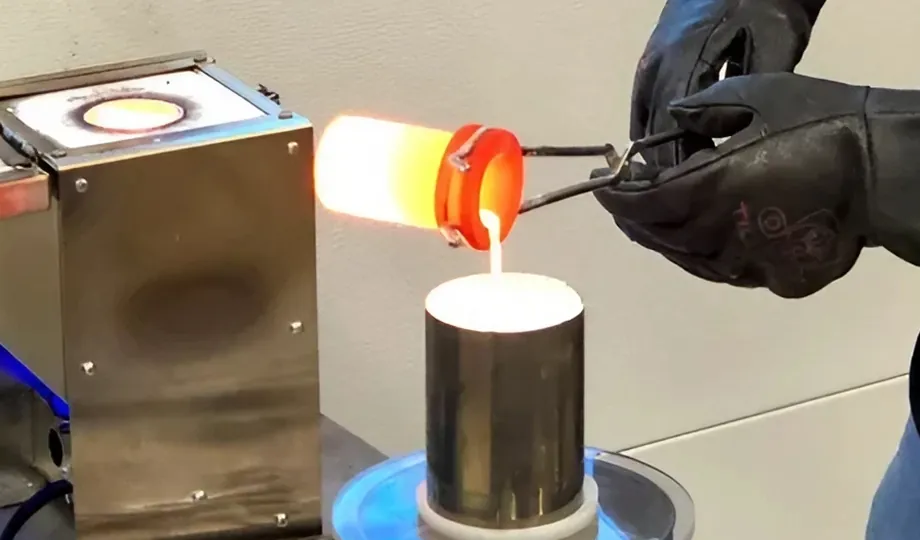
Types of Wax Used in Lost Wax Casting
The wax used in lost wax casting must have specific properties, such as:
Low melting point: The wax should melt at a relatively low temperature to avoid damaging the mold.
Flexibility: The wax should be flexible enough to be easily carved or shaped.
Dimensional stability: The wax should not shrink or expand significantly during the casting process.
The most common types of wax used in lost wax casting are:
Beeswax: Beeswax is a natural wax with a low melting point and good flexibility. It is often used for small and intricate castings.
Paraffin wax: Paraffin wax is a petroleum-based wax with a higher melting point than beeswax. It is often used for larger and more complex castings.
Synthetic wax: Synthetic waxes are designed to have specific properties, such as high melting point, strength, and flexibility.
They are often used for demanding applications.
Lost Wax Casting vs. Investment Casting
Lost wax casting and investment casting are two closely related metal casting processes. The main difference between them lies in the mold material.
Lost wax casting: In lost wax casting, the mold is made of a ceramic material that is created by investing a wax pattern with a slurry of refractory material.
The wax is then melted out, leaving a negative cavity in the mold that is filled with molten metal.
Investment casting: In investment casting, the mold is made of a metal, such as steel or stainless steel.
The mold is created by investing a wax pattern with a slurry of refractory material.
Investment casting is generally more expensive than lost wax casting, but it produces castings with higher precision and better surface finish.
High-Quality Precision Lost Wax Investment Casting Supplier: saivs
SAIVS is a leading manufacturer of high-quality precision lost wax investment castings.
With over 20 years of experience, SAIVS offers a wide range of casting services for various industries, including aerospace, medical, automotive, and art.
SAIVS is committed to providing customers with high-quality castings that meet their specific requirements.
Why Choose SAIVS™ as Your Supplier?
1.Superb Quality Control Management
At SAIVS, we take pride in our perfect quality management systems and procedures, which guarantees the excellent performance of all our producs, being a professional Investment Casting | Die Casting| Sand Castingmanufacturer in China.
2.Rich Production Experience
With 20 years of experience in production, SAIVS has a deep understanding of the market and trends, and strives for continuous research and innovation. This has created advantages in both the product's performance and appearance.
3.Competitive Prices
As a Chinese factory committed to becoming the most cost-effective Investment Casting | Die Casting| Sand Castingexporter in China, SAIVS provides high-quality products at advantageous prices. By lowering costs and increasing efficiency, we ensure that our customers receive the best possible value for their investment.
4.Perfect After-sales Service
At SAIVS, we strive to provide superior customer service that meets and exceeds expectations. We are always available for any questions or concerns you may have, and we stand by our commitment to providing excellent after-sales support.
Related Posts
-
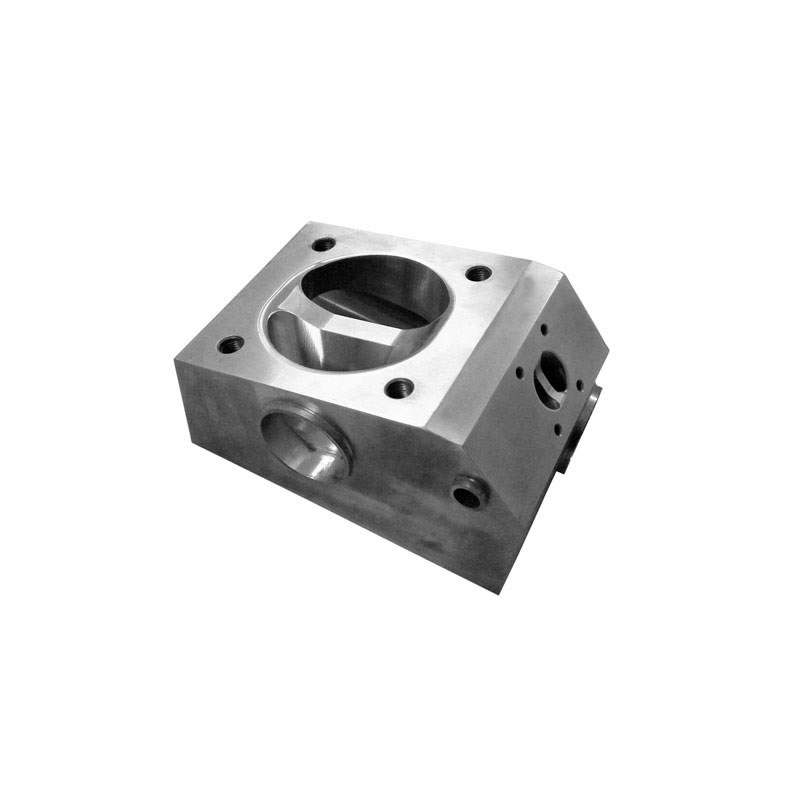
Brief analysis of the characteristics and advantages of aluminum die casting
Briefly analyze some characteristics and advantages of aluminum die casting.Aluminum die casting is a very popular manufacturing method in the process of produc...
-
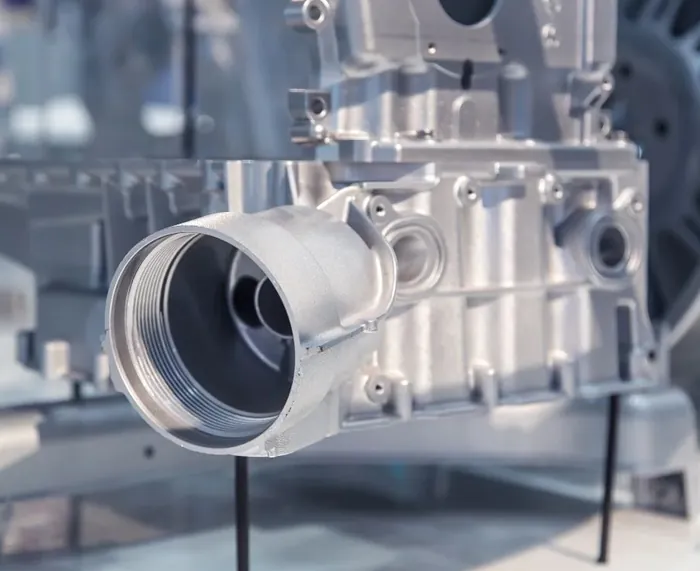
How to ensure the quality of die castings
This article will introduce how to ensure the quality of die casting from the machine and equipment, material selection, process control, testing standards, and...
-
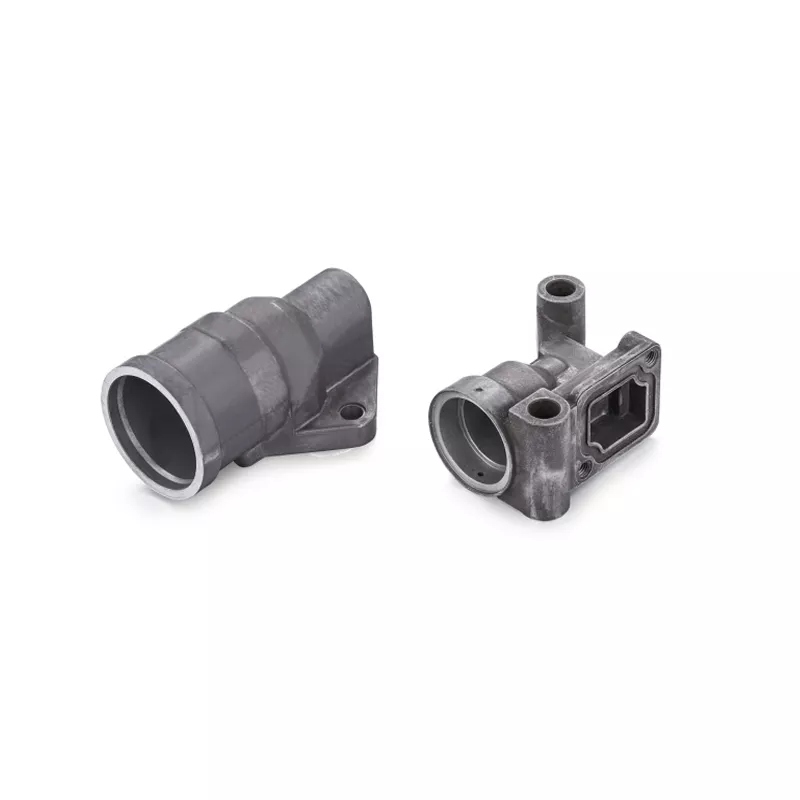
How to remove burrs from aluminum alloy die castings?
Due to the influence of raw materials, equipment and other factors during the production of aluminum alloy die castings, burr is common. How to remove these bur...
-
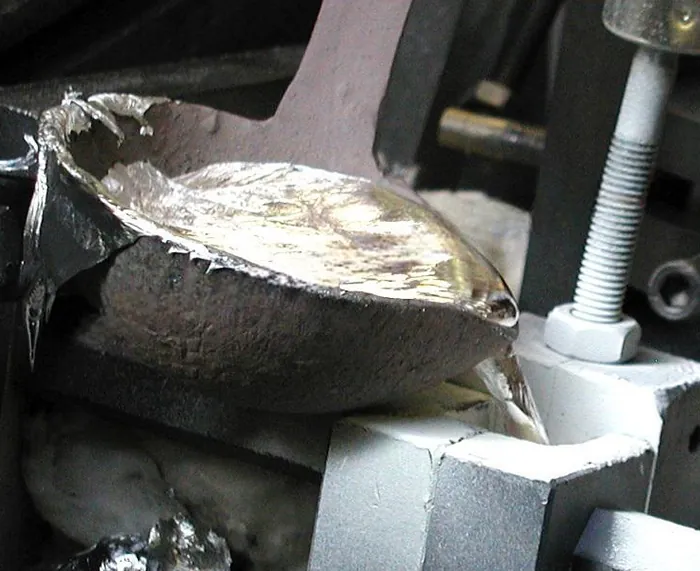
Gravity Die Casting: Choosing the Right Alloy for Your Needs
Gravity die casting is a manufacturing process that uses gravity to fill a mold with molten metal. This process is used to produce a wide variety of metal compo...
-
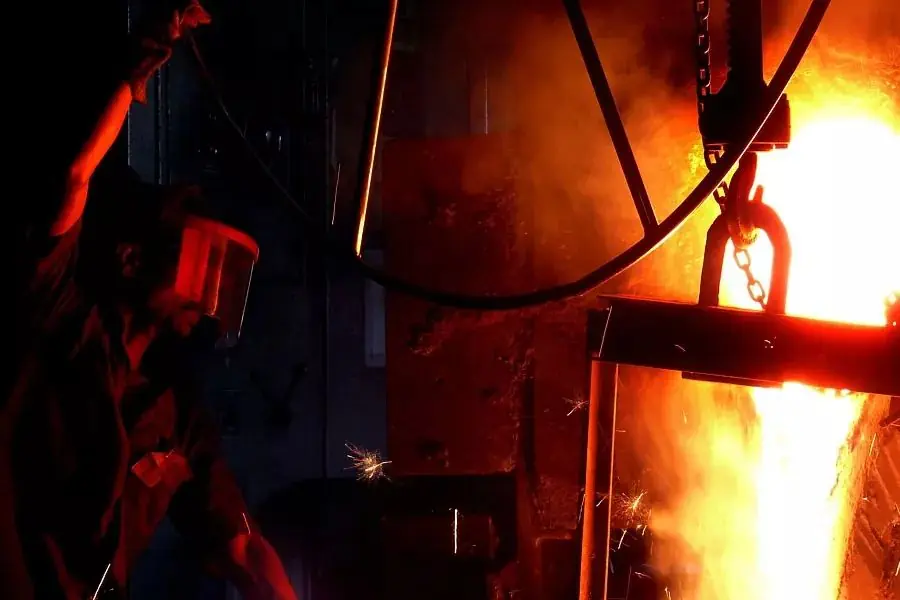
Boost Tundish Life: Key Strategies for Continuous Casting Efficiency
Enhancing Continuous Casting Tundish Life: Key Measures and StrategiesIntroductionThe continuous casting tundish plays a pivotal role in the steel producti
-
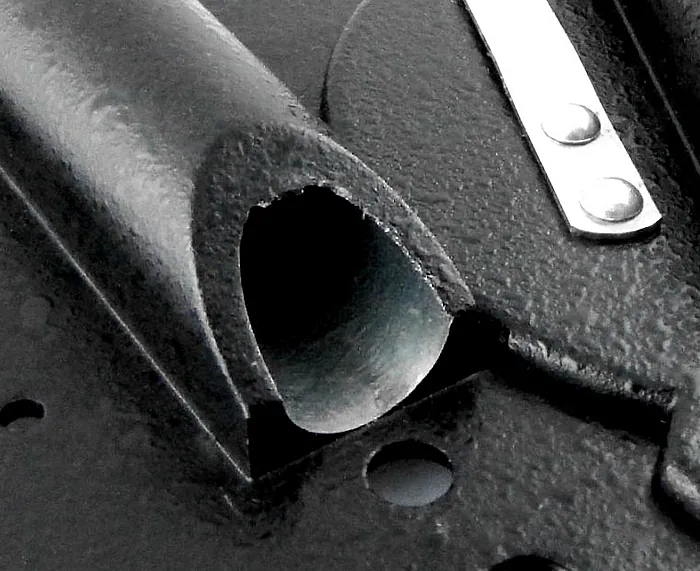
Network Burrs in Aluminum Alloy Die Casting
Learn how optimizing die design, controlling temperatures, adjusting fill speeds, and improving cooling systems can enhance casting quality and production effic...

